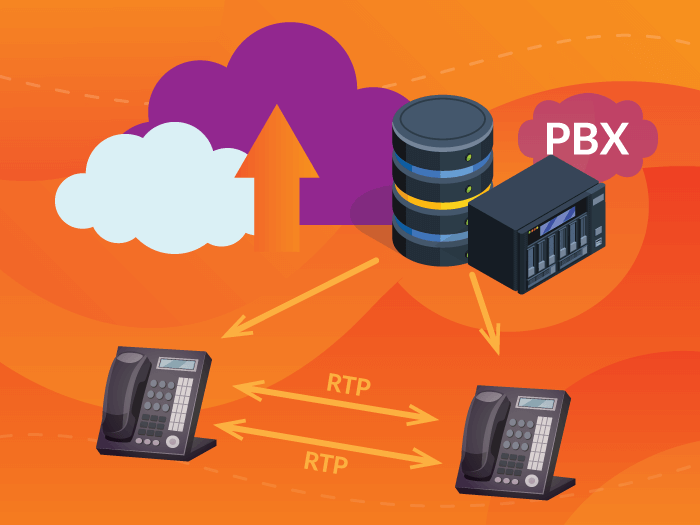When looking for a new VoIP or cloud communication provider, it is important to understand how they protect their service and, in turn, protect your phone system. This is where security protocols like SRTP come into play.
Here’s a brief overview of what secure RTP is and how it protects VoIP phone systems.
SRTP in VoIP and Cloud Communications
VoIP phone systems use SRTP and Transport Layer Security (TLS) to protect your phone calls and guard your phone system from external attacks. These VoIP security protocols ensure that your business communicates reliably and without any interruptions.
What is Secure RTP (SRTP)?
SRTP protects voice data and information during the call by encrypting the call and adding message authentication within the channel.
And since this protocol focuses on transmitting and delivering audio and video, RTP is often used within communication and entertainment systems such as IP telephony, streaming services, video conferencing, and so on.
What is Real-Time Transport Protocol (RTP)?
To understand SRTP, we must first look at what RTP is and how it works.
RTP is one of the main foundations of a VoIP phone system. It works in conjunction with a signaling protocol such as SIP to connect with other devices and destinations.
Secure RTP also typically runs over User Datagram Protocol (UDP) and helps reduce jitter, packet loss, and other common VoIP issues.
What is the Purpose of Secure Real-time Transport Protocol?
SRTP uses authentication and encryption to reduce the risks of VoIP attacks, such as denial of service (DoS). It is one of the security protocols used in cloud communications and WebRTC technology.
Choosing a Secure VoIP Provider
When looking for a new VoIP phone service provider, make sure to ask about network and IT security policies. How do they keep their network safe? And how do they protect your phone system? United World Telecom, like other top VoIP providers, offers enterprise-grade security as our VoIP service comes with TLS and Secure RTP.

